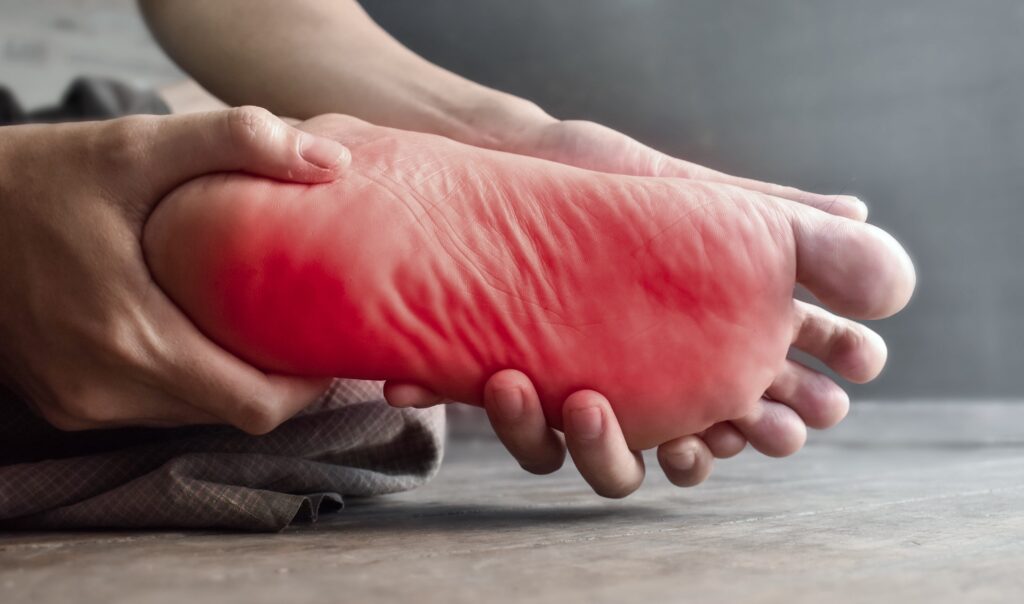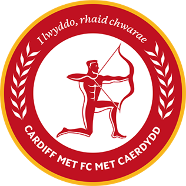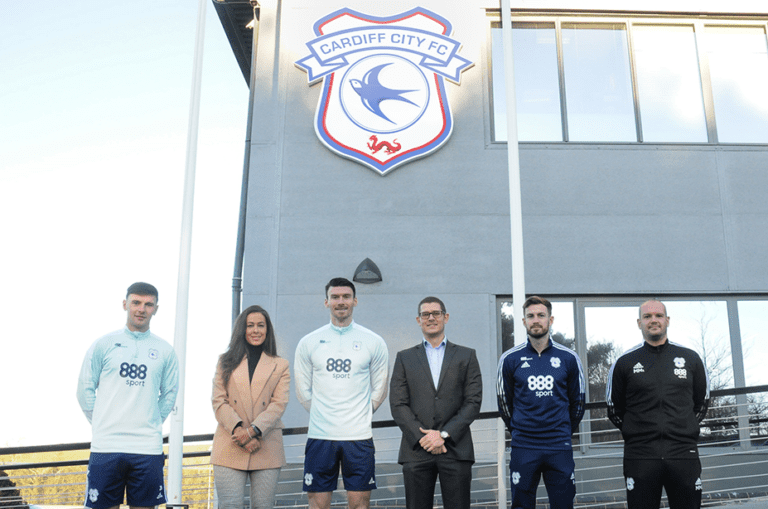
Plantar Fasciitis – A Pain In The Heel
Plantar Fasciitis – A Pain In The Heel
Plantar fasciitis as its commonly known, or plantar heel/arch pain is a condition where the plantar fascia (the thick supporting band that supports your arch and inserts into your heel) gets overloaded and causes pain and discomfort. This injury is the most common cause of foot pain and everyone from young adults, to the elderly and the active, to the sedentary can suffer with it. Sedentary, middle aged and older adults are most commonly affected due to less capacity to handle increased loads in the foot, however, 8% of heel pain cases occur due to running and it can affect younger people. There are two areas that plantar fasciitis commonly effects, one that I call “Insertional” where the pain is in the heel where the band attaches. The other is what I call “Mid-band”, where the pain is located within the arch of the foot. Insertional plantar fasciitis is the most common type seen at our clinics.

Symptoms
The fascia has similar properties to tendons i.e., Achilles tendon, therefore it has quite similar symptoms. The most common is a sharp pain on the inside part of the heel or arch when first standing up in the morning or after a period of rest that causes you to hobble. As you continue to walk/run this pain appears to lessen or “warm up”. Finally, the hangover effect where after continuing to stand and walk/run around for prolonged periods the area can ache at rest.
Diagnosis
The good thing is this condition can be diagnosed with a quick history, discussion of symptoms and some biomechanical testing of the foot to assess function and pinpoint the areas of pain. There are various bone and soft tissue structures around the heel and arch of the foot, it is important to differentiate so that management is appropriate. Generally, imaging is unnecessary unless there is suspicion of a bone injury or even rupture of the plantar fascia.
Causes
As with most soft tissue injuries overloading is the main culprit. This can often occur by doing more activity, doing the activity without appropriate footwear causing irritation or after a period of a lack of activity and then returning to normal levels. Certain biomechanics of the foot can also add to this load, such as hypermobile, flatter foot types but people with high arches are also prone. In all instances there has been a spike in load on the fascia and it is now causing pain as a response to this. Insertional plantar fasciitis can also be linked to over compression of the heel and mid-band, common in sprinting and jumping, can be over tensioning the fascia within the arch.
Examples include, Starting running for the first time, returning to activity post pregnancy, prolonged barefoot walking on hard surfaces, jumping sports, wearing worn out unsupportive footwear.

Management
Treating this condition can be varied depending on the type (insertional vs mid band), the persons foot biomechanics and how long it’s been ongoing. All things a podiatrist can assess and then formulate a management plan that is individualised to help you recover as quickly as possible.
Core Treatments
Offloading the fascia to reduce the symptoms and give the fascia chance to begin healing. This can be done by avoiding being barefoot, wearing supportive footwear, orthotics or short-term taping.
Now we have reduced the load and symptoms on the fascia we need to re-load it to build up its ability to handle doing the activities you want to do. This will help reduce the chance of the injury recurring each time you increase your activity levels. Whether that be work, walking the dog or playing sport, etc. A mixture of heavy stretches and exercises can be given in a gradual multi-week plan to achieve this.
Secondary Treatments
These treatments can help with reducing symptoms and potentially speeding up recovery. However, they are not a replacement for the core treatments and won’t work for everyone. These can include fascia massage balls, spikey rollers and gel heel pads.

Shockwave therapy is the application of waves of energy applied to the affected area to help reduce pain and promote blood flow to stimulate recovery. Evidence has shown good results for more chronic injuries (4+ months) particularly when paired with core treatments.
Steroid injections therapy is the injecting of a corticosteroid into the area around the fascia to reduce inflammation and pain. This will commonly mask the symptoms quickly, but the effects can be short-lived (4-12 weeks) in some people.
This is a short summary about everything we know to date, but our understanding and management is always changing as we learn more. One important thing in my personal experience with having this condition and managing it for patients is the sooner you start the core treatments the quicker the recovery and the less risk of continually reoccurring issues.
As always, this information is of a general nature, and we always recommend having an assessment with a HCPC registered podiatrist to appropriately assess your condition and individualise your management plan.
Need help with your injury?
Click the button below to book an appointment with one of our HCPC Registered Podiatrists today!
Customer Support
At ACE we don’t just manufacture insoles we offer our customers market-leading support. If you have any questions about your patient’s needs or feel as if you would benefit from a chat with one of our experienced podiatrists then that can be arranged. We are here to help you offer the best insoles to your patients.
Contact information
Official partners


